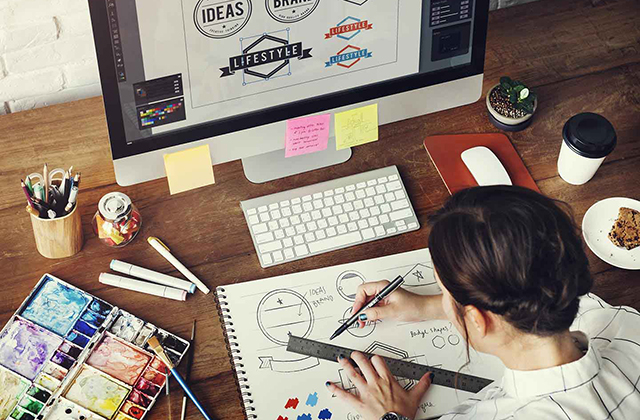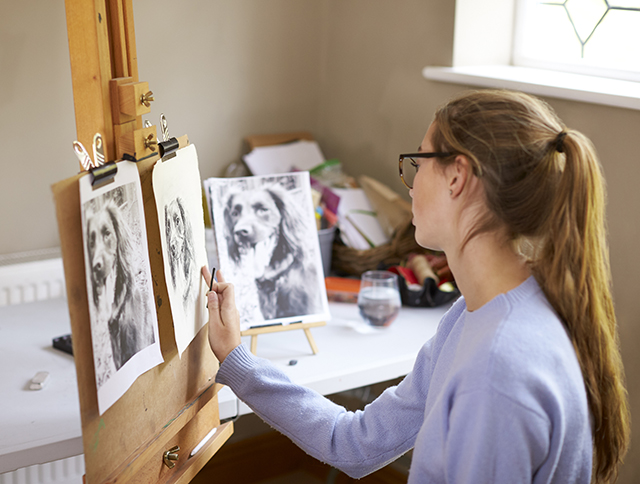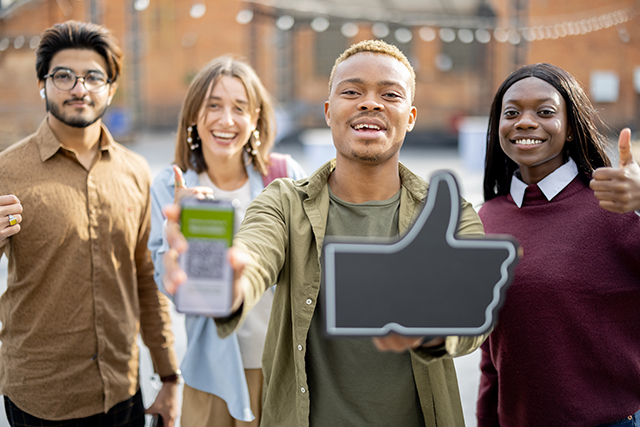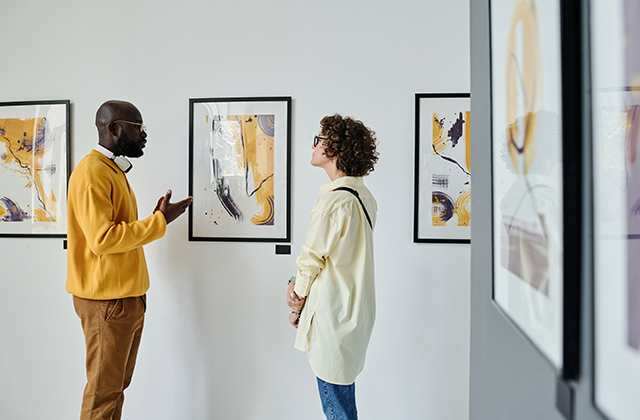
Real estate agents understand that winning new listings often depends less on advertising and more on the impression you leave behind. While many agents rely on postcards, emails, and pop-bys to stay top-of-mind, the most powerful form of marketing is still word of mouth—sparked by unforgettable service and memorable moments. That’s where the digital house portrait comes in.
In today’s fast-paced, tech-savvy world, buyers and sellers are looking for connection as much as convenience. They want to feel understood and valued. By gifting a custom house portrait—especially a beautifully rendered digital version—you’re giving more than a token of thanks. You’re offering a piece of their story. And in return, you’re often gifted something back: referrals, repeat business, and loyalty that lasts.
Let’s explore how a digital house portrait not only enhances your client experience but quietly becomes a marketing engine that sells again and again.
1. It’s Not Just a Gift, It’s an Experience
A digital house portrait is more than just pixels on a screen. It’s a tailored, artistic expression of a home that your client has poured their heart (and savings) into. Whether they’re buyers stepping into their dream property or sellers parting ways with a place filled with memories, a custom portrait acknowledges their emotional investment.
When clients receive a digital file of their home artwork, many are stunned by the attention to detail—think blooming gardens, beloved pets on the porch, or the unique color of the front door. The best part? They can use it however they wish: as a phone wallpaper, a framed print, part of a thank-you card, or even a canvas hanging in their next home.
By transforming a property into a digital keepsake, you show your client that their journey matters—and that you’re the kind of agent who sees the human story, not just the sale.
2. Built for the Social Era
One of the reasons digital house portraits are so effective as gifts is that they’re shareable. When you hand over a printed painting, it stays on the wall. But when you provide a digital file—delivered in high resolution and formatted for easy sharing—it’s likely to end up on Instagram, Facebook, or in a proud email blast to friends and family.
That’s free exposure for you. And it’s not promotional in a forced way. It’s authentic, emotional content that people want to share. You might even find yourself tagged with a glowing caption like:
“Huge thanks to our agent for this amazing portrait of our first home. We’ll treasure this forever!”
This kind of genuine appreciation often inspires others to ask, “Who was your agent?” It keeps your name circulating organically, in the best possible way.
3. It Reinforces Your Brand as Boutique and Personal
Let’s face it—there’s no shortage of real estate agents. What sets the best apart is personal service, and a digital house portrait reinforces your brand as someone who goes above and beyond. It adds a handcrafted, boutique touch to your process—even if the portrait is created by an artist you outsource to.
You’re not buying a generic cutting board with your logo on it. You’re commissioning something tailored, heartfelt, and enduring. And your clients know it.
Over time, clients begin to associate your name not just with transactions, but with thoughtfulness and class. That’s the kind of reputation that earns second and third listings down the road.
4. Easy to Automate, Personal to Deliver
One of the greatest advantages of a digital house portrait over traditional painted versions is speed and scalability. Digital portraits can be created using reference photos, stylized through illustration software, and delivered via email or cloud link—making them easy to integrate into your workflow.
You don’t have to hand-deliver anything (though you can still print and frame them if desired). You can order them on a per-sale basis, personalize them with subtle details, and even include your branding tastefully in a corner of the file or certificate.
In other words, you can deliver something deeply personal without overwhelming your schedule. It’s the perfect combination of convenience and customization.
5. Sparks Conversations That Lead to Referrals
Every time your client shares their digital house portrait—online or in person—it becomes a conversation starter. And that conversation often includes your name.
Whether it’s displayed in their hallway, featured in their holiday cards, or shown off at their housewarming party, people notice. And when they find out it was a closing gift from their agent, the reaction is usually the same: “Wow. That’s amazing. Who did you say your agent was?”
That organic word of mouth is powerful. It’s what brings you into living rooms you’ve never stepped foot in—and wins you listings you didn’t see coming.
6. Works for Buyers and Sellers
While most closing gifts are focused on buyers, don’t underestimate the power of gifting a digital house portrait to sellers. For many homeowners, the place they’re leaving behind holds decades of memories—birthdays, first steps, renovations, backyard barbecues.
A portrait is a beautiful way to help them honor that chapter. It softens the emotional transition and shows that you care about more than just the commission. Sellers who feel genuinely appreciated are much more likely to recommend you to friends—and to call you again when it’s time to sell their next home.
7. Ideal for Modern, Eco-Conscious Clients
Today’s buyers and sellers are increasingly eco-aware. They appreciate gifts that don’t create waste, clutter, or unnecessary shipping miles. A digital house portrait aligns beautifully with that mindset.
It’s paperless, plastic-free, and versatile—letting the client decide if and how they want to print it. Some choose to keep it as a screensaver. Others turn it into a piece of wall art using their preferred local printer. Either way, you’re giving them something meaningful without overstepping their taste or values.
Final Word: It’s the Gift That Pays You Back
A well-executed digital house portrait does more than say “thank you.” It sets you apart. It builds trust. It evokes emotion. And it keeps you in your client’s thoughts—not just after this deal, but when the next opportunity arises.
For the cost of a dinner out, you’re delivering something unforgettable that keeps selling your services without a single cold call. That’s not just smart marketing—it’s sustainable growth.
If you’re looking for a closing gift that does more than close a chapter, a digital house portrait may just be the secret weapon you’ve been searching for.








